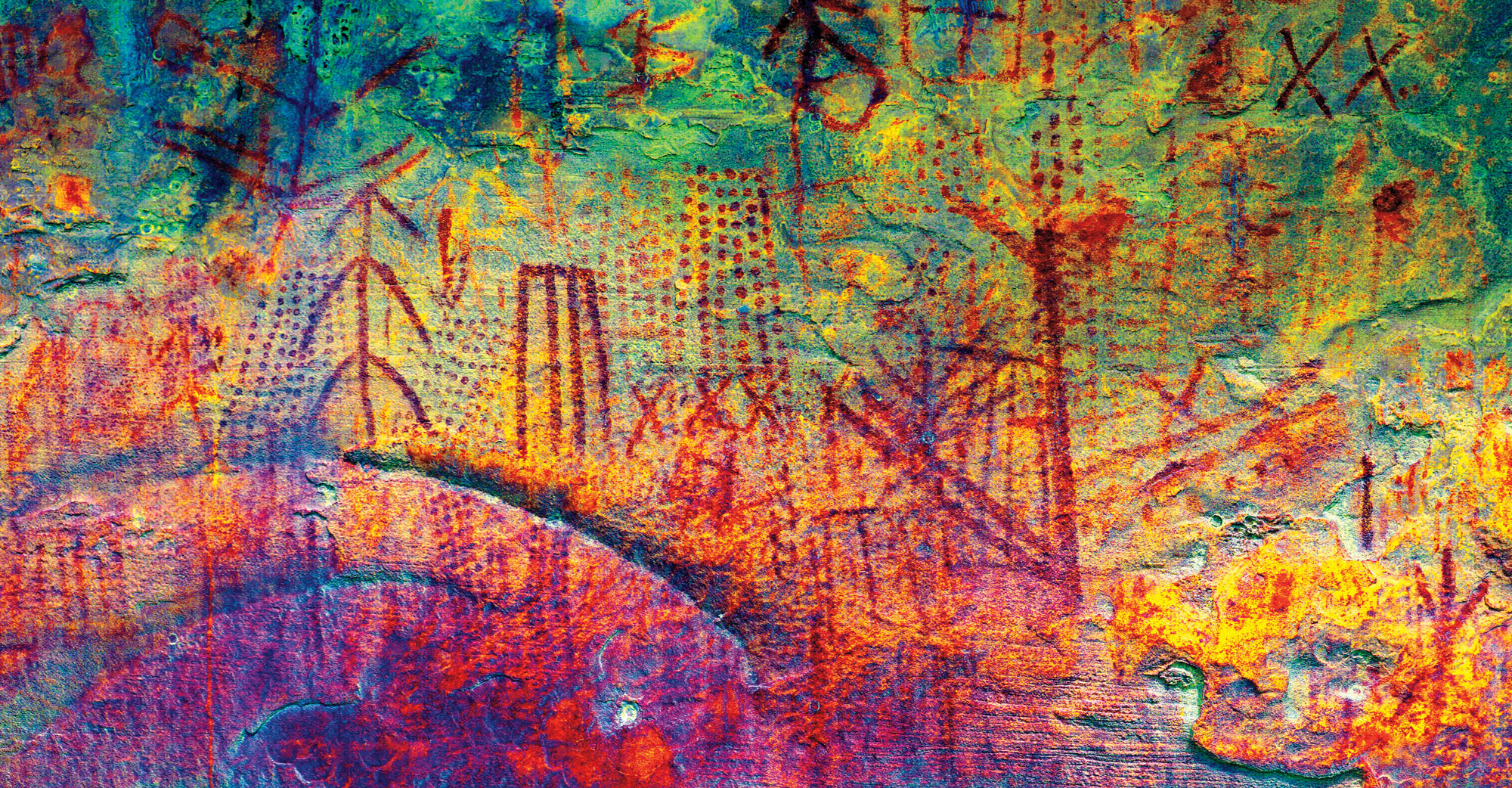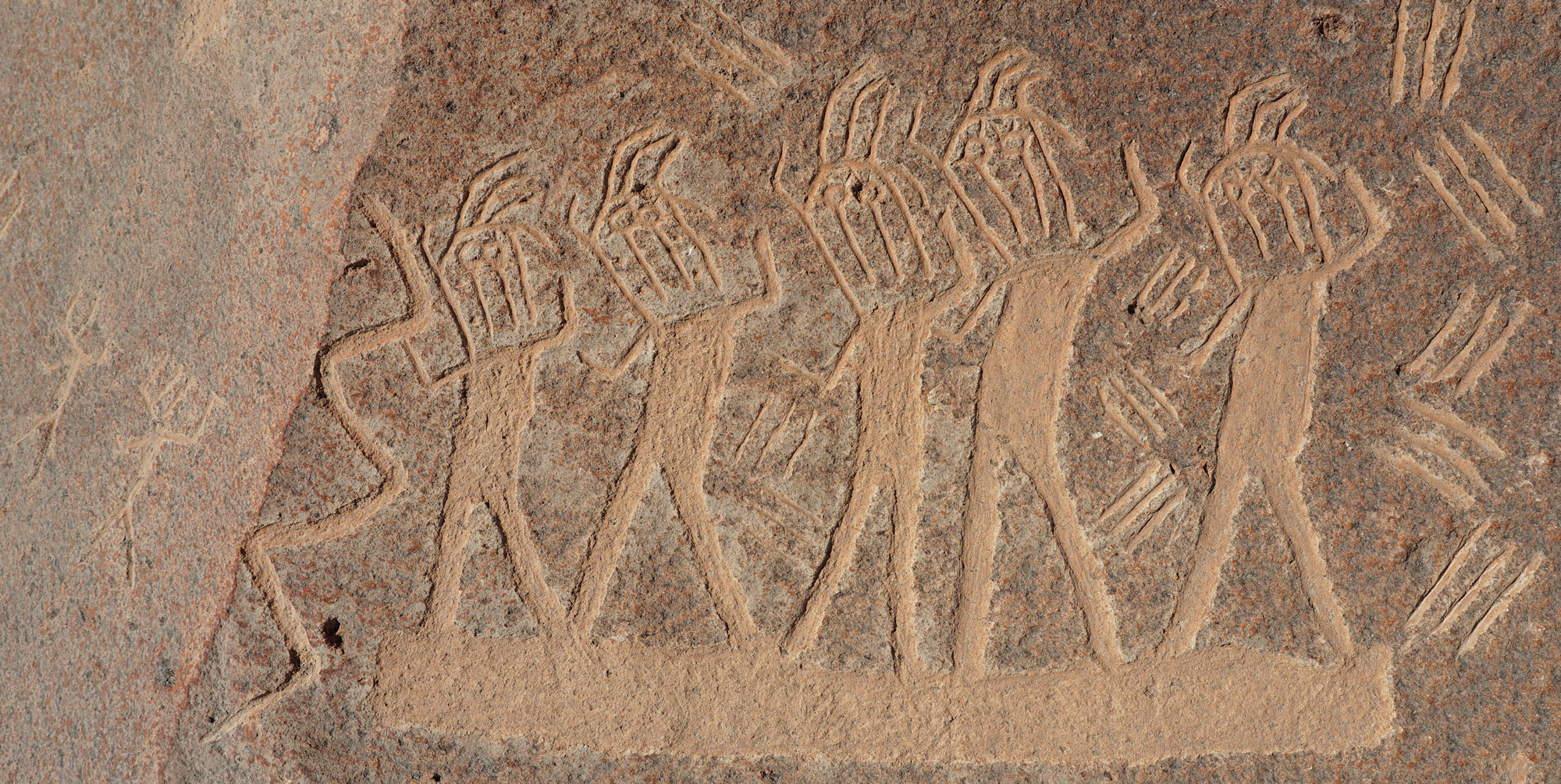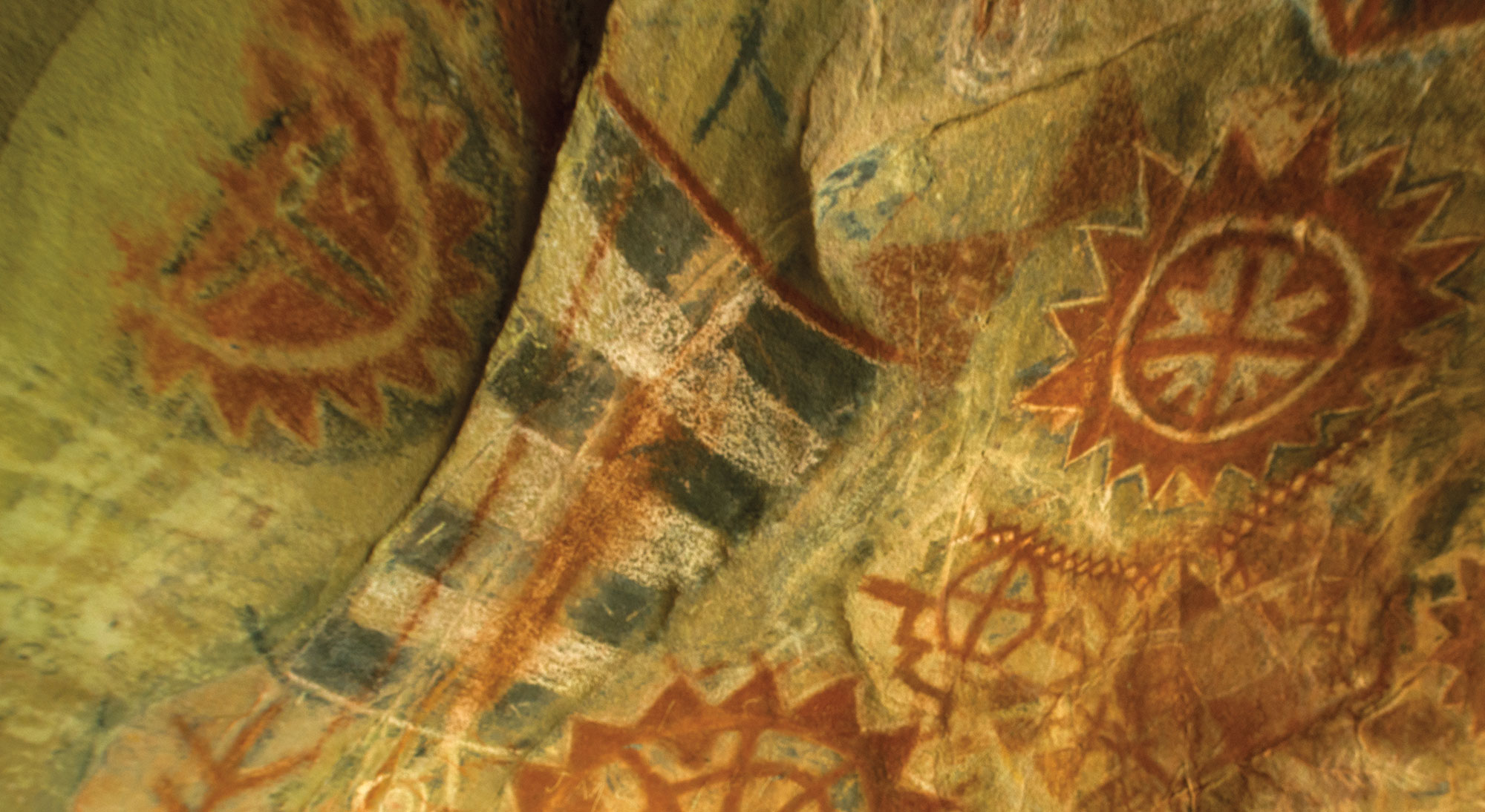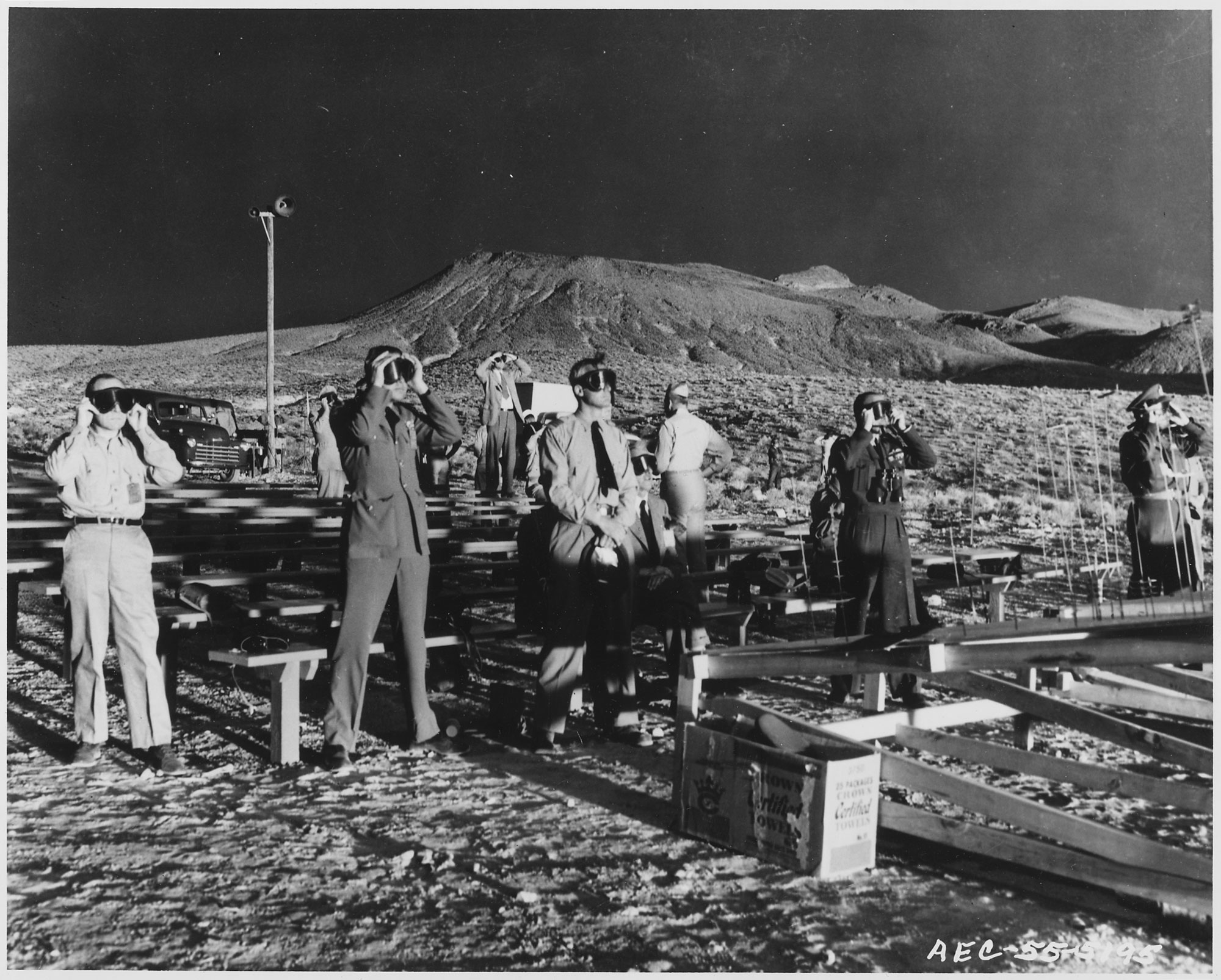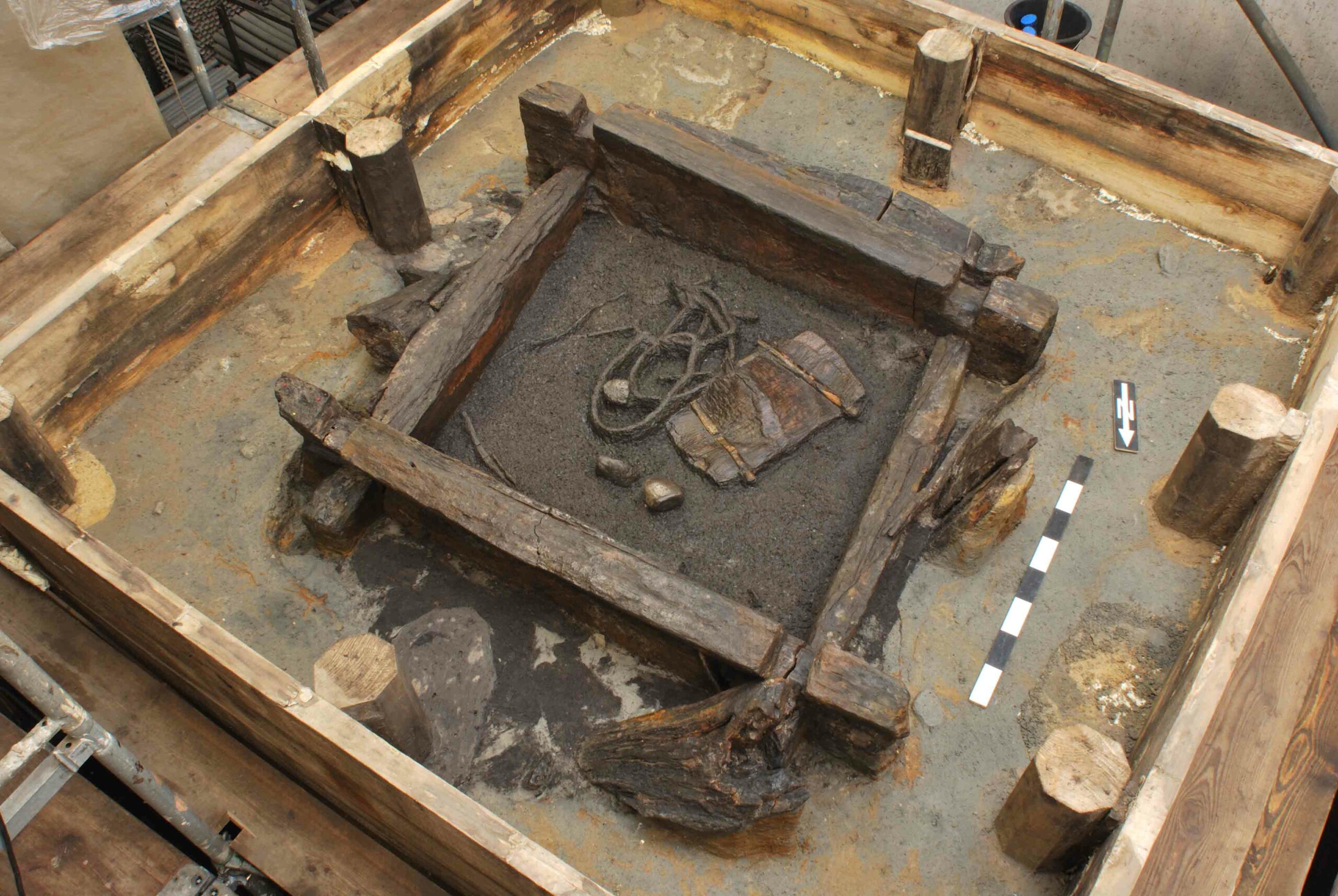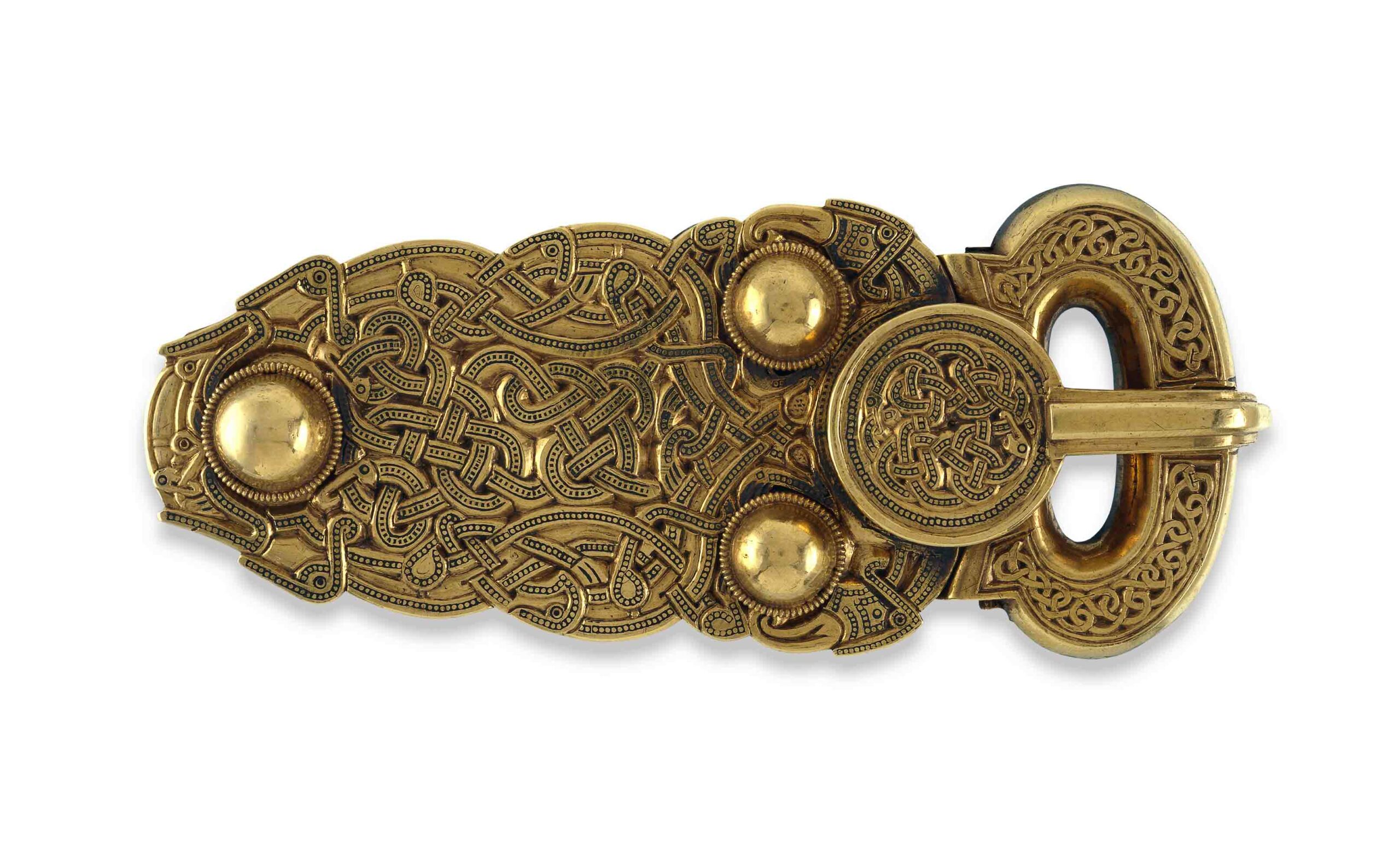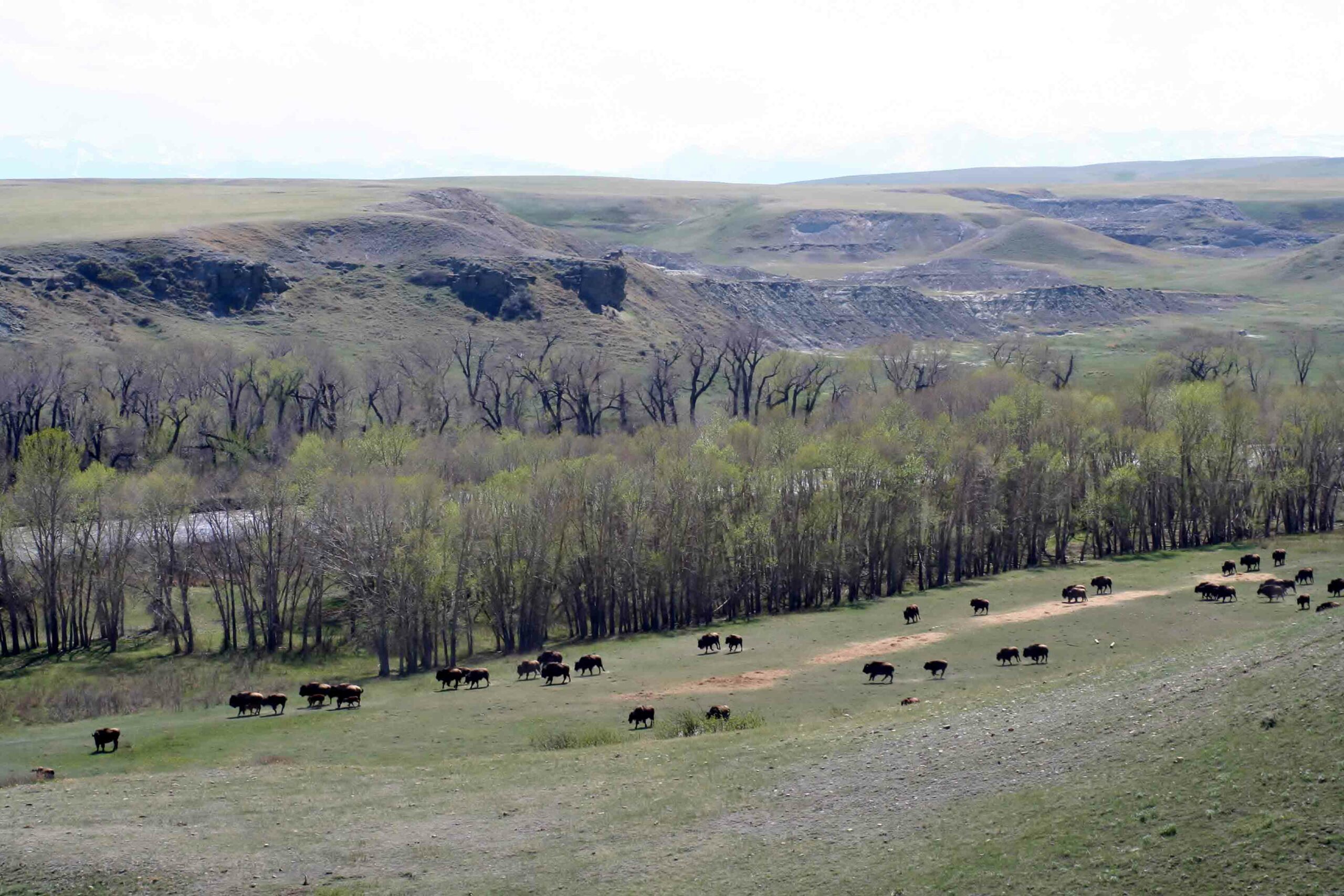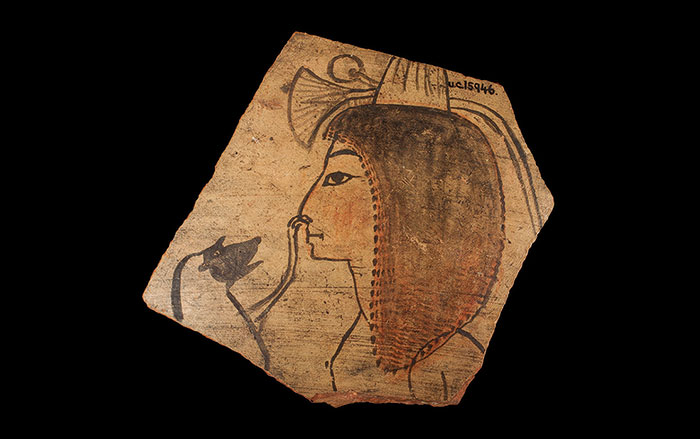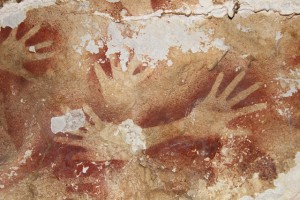
QUEENSLAND, AUSTRALIA—The oldest surviving rock art in Southeast Asia suggests that the earliest inhabitants of the region brought the practice of painting naturalistic images of wild animals and hand stencils with them some 40,000 years ago. “As with the early art of Europe, the oldest Southeast Asian images often incorporated or were placed in relation to natural features of rock surfaces. This shows purposeful engagement with the new places early peoples arrived in for both symbolic and practical reasons,” Paul Taçon of Griffith University told Science Daily. Taçon and international teams of scientists examined paintings in rugged areas from southwest China to Indonesia, Thailand, Cambodia, and Malaysia. The paintings were often found in rock shelters rather than deep caves, where early artworks are often found in Europe. “This significantly shifts debates about the origins of art-making and supports ideas that this fundamental human behavior began with our most ancient ancestors in Africa rather than Europe,” he explained. To read about prehistoric art in Australia, see "Reading the Rocks."


